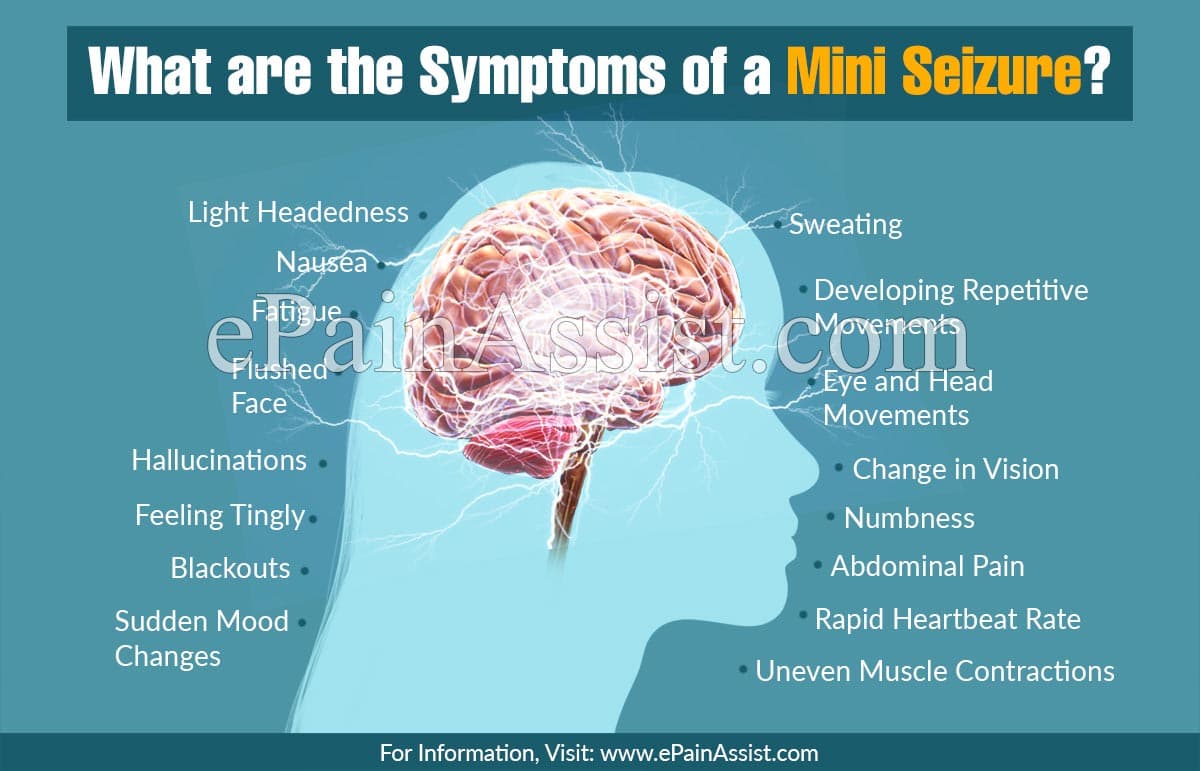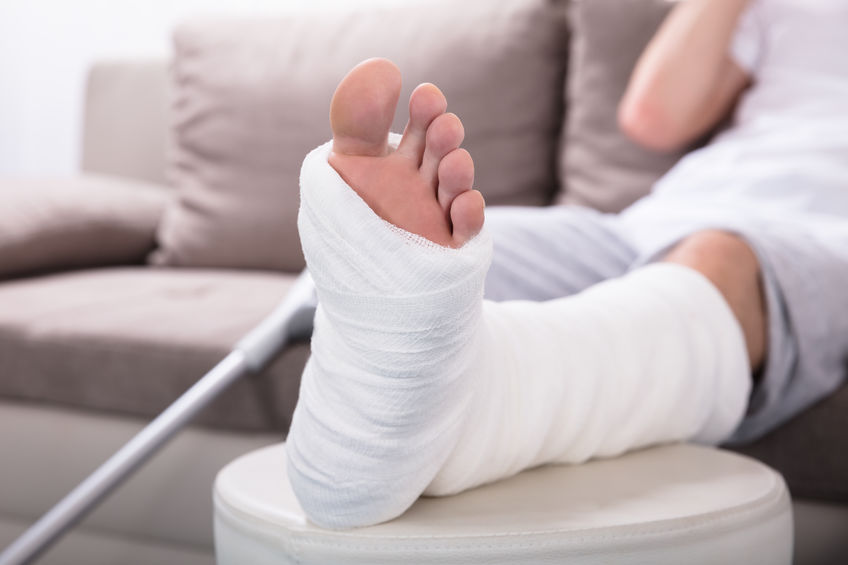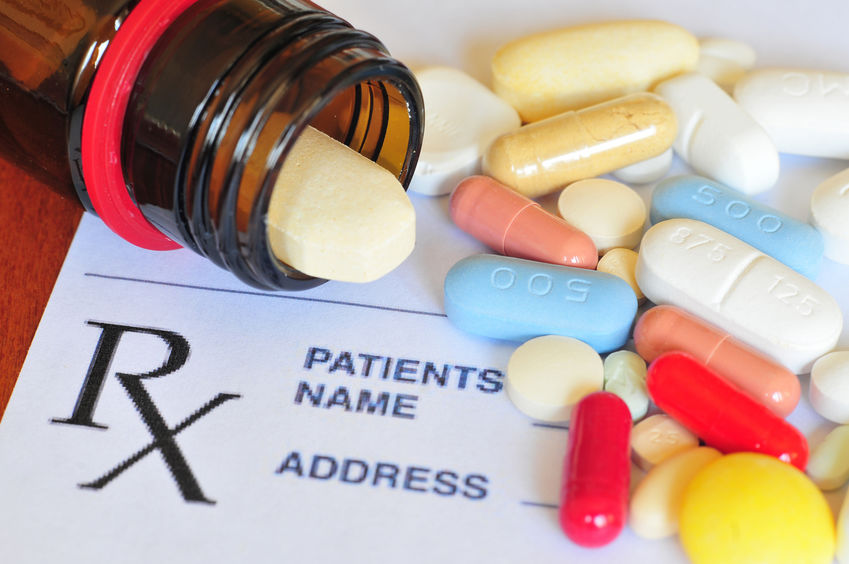
6 Key Factors to Observe in Unexplained Seizures
19th May 2021
10 missed fractures presenting in the ED
2nd June 2021A medication error occurs when the treatment process fails and causes, or has the potential to cause, harm the patient. In this definition, ‘treatment process’ refers to all medication types.
Types Of Medication Error
There are a number of ways in which a medication error can occur, including:
– Choosing the wrong medication, either through an inappropriate prescription or by over or under prescribing
- Physical prescription errors, which includes illegibility although this is less common now with computerized prescribing
- Incorrect dispensing of the drug, including the wrong patient receiving medication which should be avoided the Emergency Department as all patients now have wrist bands.
- Manufacturing faults, such as contamination or misleading packaging
- Incorrect method of administration, e.g. wrong frequency, incorrect dose or type of administration of medication
- Failure to monitor or alter medication or therapy where necessary
Medication Error Outcome
As well as causing potential harm to patient health and losing patient trust, there are a number of legal consequences that can come about as a result of medication errors.
Patients and their families can bring about civil action or even criminal charges, which mayresult in medical board discipline procedures. This could mean costly financial repercussions to the hospital or practice and lasting damage to the clinician’s reputation and career.
How To Prevent Medication Errors
1. The clinician can avoid knowledge-based errors by ensuring that they always keep up – to-date with education and research.
2. The clinician can prevent erroneous actions by taking their time when dispensing. medication. The Emergency Department is an intense environment where rushing can lead to simple, but harmful mistakes, including picking up the wrong bottle or clicking on the wrong drug in a drop down list of prescriptions.
3. The clinician must always refer to the patient’s online medical records to avoid a simple mistake such as prescribing penicillin to someone with an allergy. This is also why. communication is so important; be sure to take a thorough history from the patient.
How to communicate errors to patients
The GMC actively encourage clinicians to report medication errors to learn lessons quickly and to protect the patient from future harm.
Communicating a medical mishap with the patient or their relatives is never easy, but it is a vital step to correcting the mistake. The patient must be informed immediately once the error has come to light.
To report an error, the clinician should use systems like the National Reporting and Learning System used in England and Wales. If the patient has adverse drug reactions, it’s also important to report these to the UK-wide Yellow Card Scheme run by the MHRA.
The clinician must also actively encourage honest communication between team-members to protect patient safety. This is particularly effective when clinical leaders foster an environment based upon learning and improvement.
Avoiding medical errors is far more than just maintaining professionalism, it can save a life.




